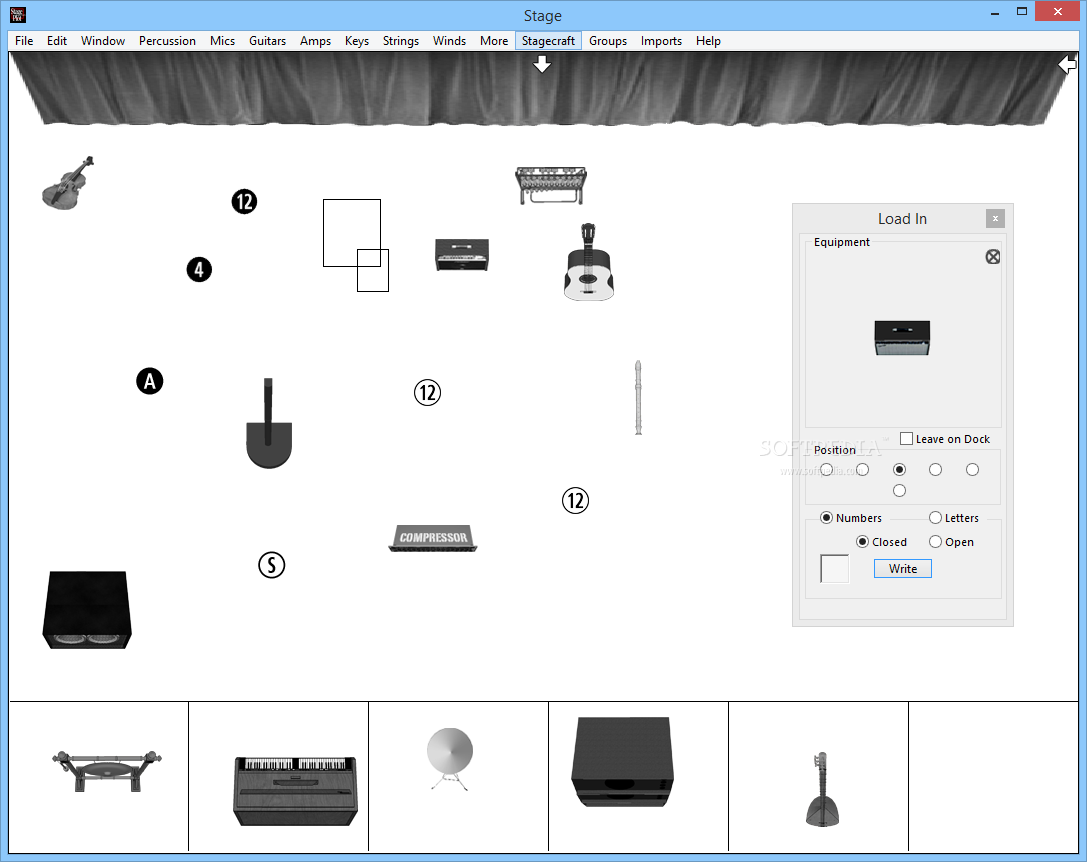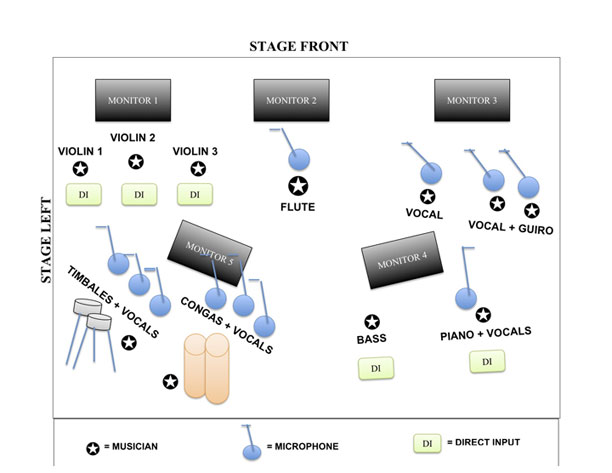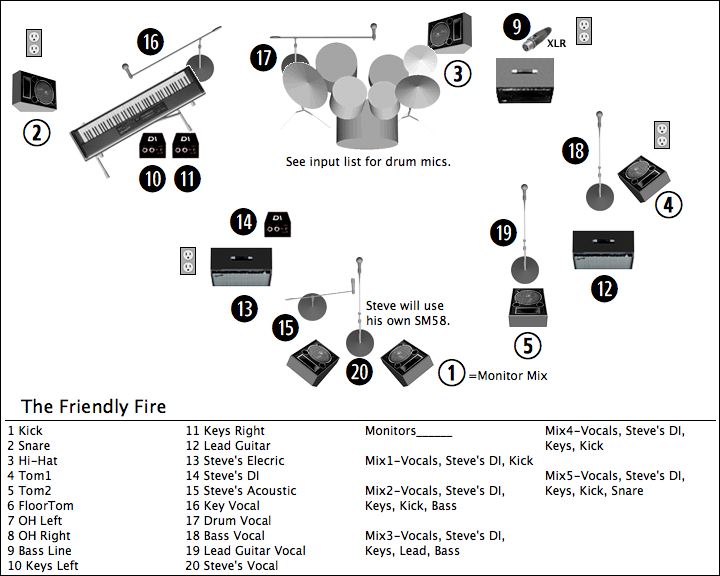

In the geoprocessing framework, you can perform Spatial Analyst operations in the following ways: This rich environment allows you to organize and execute the tools necessary to complete your analytic tasks, and it provides a mechanism to automate, document, and share your workflows.

The following are brief descriptions of the main components of Spatial Analyst:Ī common way to access Spatial Analyst functionality is with the geoprocessing tools. Examples of the analysis that you can do with Spatial Analyst include terrain analysis, surface modeling, surface interpolation, suitability modeling, hydrological analysis, statistical analysis, and image classification. With this extension, you can employ a wide range of data formats to combine datasets, interpret new data, and perform complex raster operations. It does not store any personal data.The Spatial Analyst extension for ArcGIS Pro provides a suite of tools and capabilities for performing comprehensive, raster-based spatial analysis.

The cookie is set by the GDPR Cookie Consent plugin and is used to store whether or not user has consented to the use of cookies. The cookie is used to store the user consent for the cookies in the category "Performance". This cookie is set by GDPR Cookie Consent plugin. The cookie is used to store the user consent for the cookies in the category "Other.

The cookies is used to store the user consent for the cookies in the category "Necessary". The cookie is set by GDPR cookie consent to record the user consent for the cookies in the category "Functional". The cookie is used to store the user consent for the cookies in the category "Analytics". These cookies ensure basic functionalities and security features of the website, anonymously. Necessary cookies are absolutely essential for the website to function properly.
#Stage plot pro tutorial how to
How to Create a Stage Plot and Input Listīrowse By Topic Audio Education & Schools Career Development A More Inclusive Industry Live Sound Film & TV Sound Post-Production Audio Radio & Podcasts Recording Theatre Sound Design Sexism Posts by Blog Women in Audio - Recognising All Roles Pop Music Production as a Post Sound Edit Thoughts On War and Peace and Music Superbia_ Will it Happen? Maria Grever: The Most Famous Unknown Person You Know Audio Education – That Doesn’t Break The Bank Breaks are Important An Introduction to Classical Music Production Share This Post Stage Plan Use our stage plan builder to create the exact stage plot for your gig.
#Stage plot pro tutorial free
Create your Tech Rider online, fast and free You can build a collection of stage plots for different kinds of situations, then print or send them by email/whatsapp/other, directly from your mobile device. Pelix Stage Plot helps you to build clear, readable stage plots in order to communicate your band’s technical requirements to a sound engineer. No free ones here, but Stage Plot Pro seems to be the most regarded, most full-featured, and with the fanciest and broadest selection of elements: They have a graphic for everything you can think of, though many consider it 3D depictions of everything to totally overkill and unnecessary detail (looks damn nice though Cost is $39.99, but comes with a 30-day free trial. Napkin Sketch, the app, is your answer! To create a sketch, simply pick your stage size, drag and drop elements onto the sketch and when you’re done, either e-mail or save the sketch right to your camera roll!īandHelper: Set Lists and More – More for bands, but has ability to design stage plots and input lists
#Stage plot pro tutorial software
Napkin Sketch – $1.99 Do away with using overly complicated software to create a stage plot or resorting to drawing on a bar napkin. Stage Plot Maker for iPhone and iPad - $3.99 It features effortless and intuitive stage plot creation, customized graphics (equivalent to a video game), 100s of “props” included in the $4.99 pro-upgrade, ability to add lists, notes and contact info, and an ever-expanding prop library. StagePlot Guru is the #1 most downloaded app by industry professionals. However, this totally beats doing everything by hand in a free graphic editor or word processing software (MS Word, Google Docs, Open Office, etc.) Shortfall: you can’t seem to add notes to the graphic elements on the layout part you have to put notes in a single dedicated scribble field at the bottom. Then click the Print button to generate a PDF. By far the easiest solution is this free online tool called Stage Plot Designer:įill out artist, venue, date/time, and optional input list and notes, and drag and drop graphic elements to your heart’s content.


 0 kommentar(er)
0 kommentar(er)
